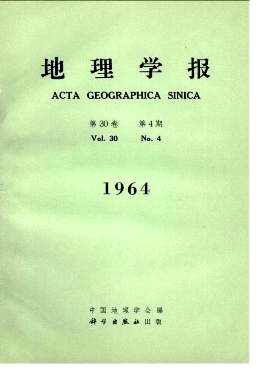HSIAO TING-KUEI, PENG FANG-TIAO, LI CHANG-FUH, CHOU BA-FU, SHENG FU-YIAO AND CHANG HERNG-BO
The nature and aracteristics of the drou,ehts of historic times in Honan Province have been anal-tically studied, especially chose occurring from the Yuan to the Ching dy-pasties, which were profusely recorded in the Chinese classics, histories, annals, re-gional chronicals and other materials of similar significance in addition to the geography of Honan Province. The main conclusions are as follows: I. All droughts covered in the studies are classified into three main categories-ordinary, serious and extraordinary dzoughts-with their respective distribution, duration and intensity taken as criteria. II. A drought occurring within the limit of one single year is called a unitary year drought; that which carries forward into other years is called a periodical drought. The serious and the extraordinary droughts are mostly- continuations of the periodical ones. III. Spring and summer droughts are the most frequent of the seasonal type of drought. IV. There have been eleven extraordinary droughts since the Yuan Dynasty, each of which affected nearly the whole of Honan Province, with a severely attacked region as an apparent center of drought extending from four to five years. Such droughts would often show a definite course of development through three stages: the initial, the middle and the dimax, and the final stage. V. In most parts of Honan Province, droughts in historic times have coincided with those occurring in other provinces of North China; droughts in southern Honan, however, have run parallel with those occurring in Hupei and Anhwei Provinces. VI. In past ages, droughts were more serious than floods. If the two occurred in the same year, the former would at first occur in the southern parts, with the latter in northern parts, and then vice versa. VII. Serious droughts have repeated themselves in a 12-year cycle; extraordinary ones in a centenary cycle. Serious and extraordinary droughts often recurred during years of sunspot minima and maxima. Dzoughts of the extraordinary type had made their appearance when the centenary solar activities were highest in intensity.
